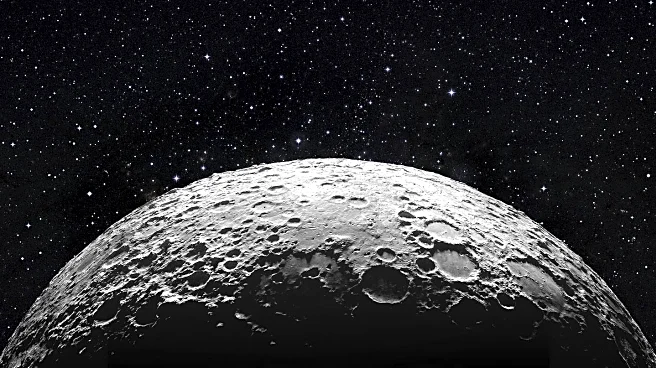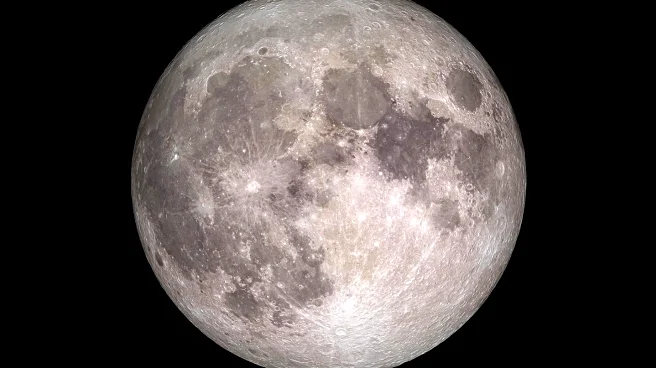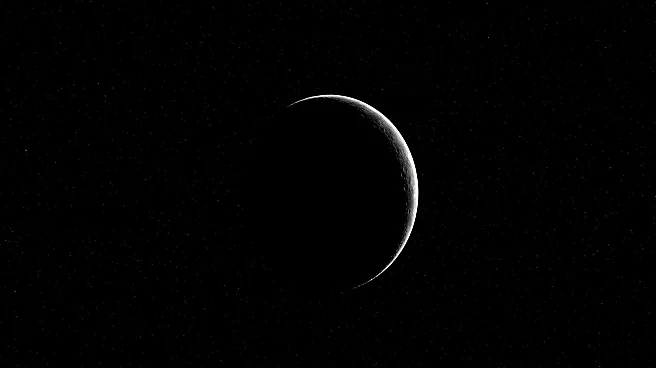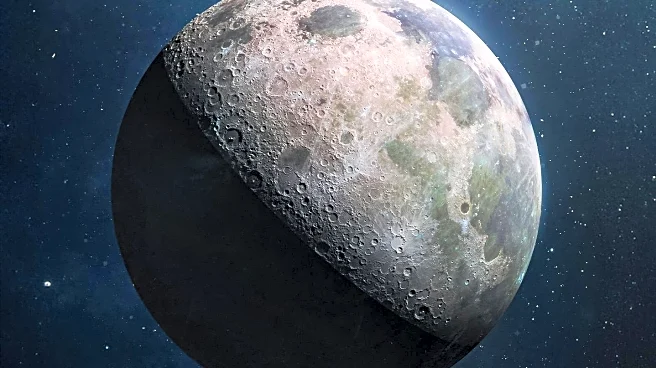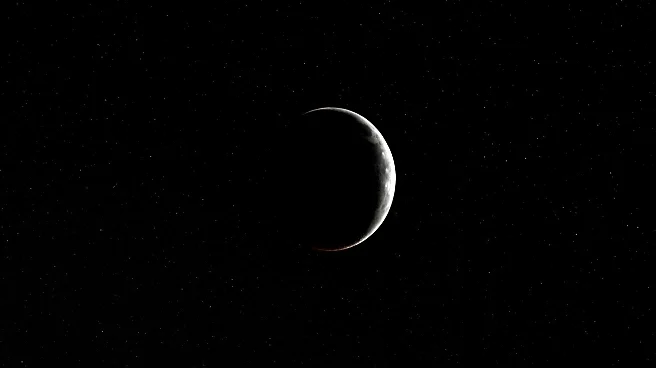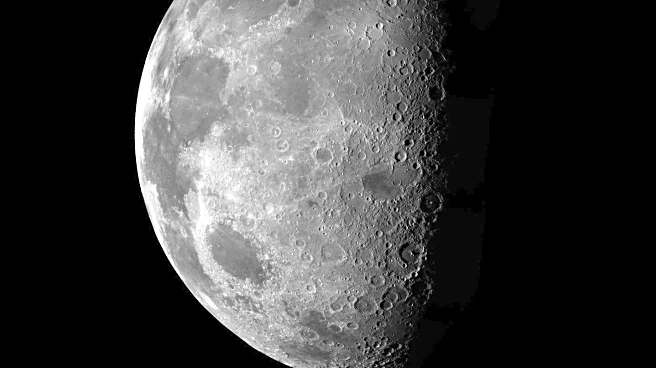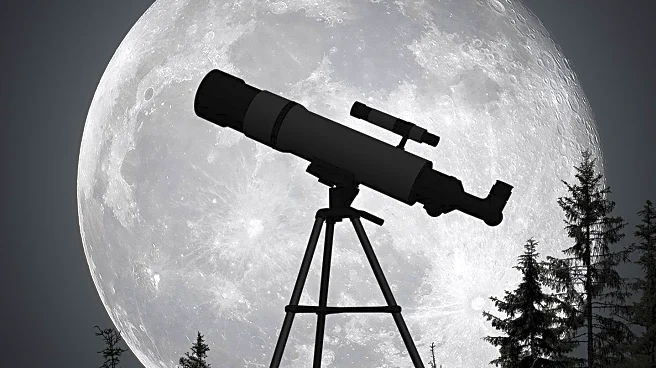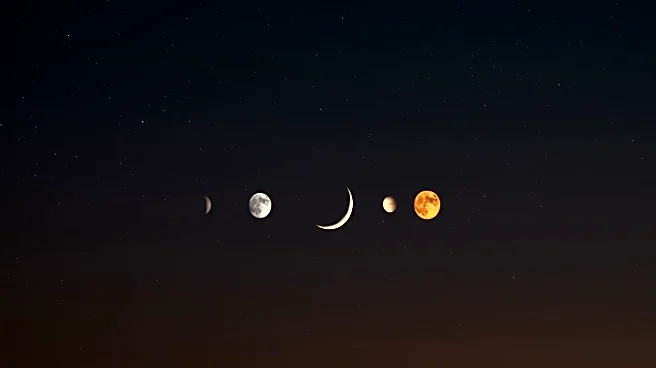What's Happening?
A 'black moon' is set to occur this weekend, marking the third new moon of the summer season. This astronomical event, which is technically invisible, happens when the moon is nearly between Earth and the sun, causing the illuminated side to face away from Earth. The term 'black moon' is unofficial and can refer to either a second new moon in a month or the third new moon in a season with four new moons. The upcoming black moon will not be visible, but it presents an opportunity for stargazing, particularly to view celestial objects like the Dumbbell Nebula.
Why It's Important?
The occurrence of a black moon is a reminder of the intricate dynamics of celestial bodies and their impact on astronomical observations. While the moon itself will not be visible, the event highlights the importance of understanding lunar cycles and their effects on night sky visibility. For astronomy enthusiasts, this period offers a chance to observe other celestial phenomena without the interference of moonlight, enhancing the stargazing experience.
What's Next?
The next black moon is expected to occur on August 31, 2027, when a new moon will appear twice in one calendar month. This future event will provide another opportunity for astronomers and enthusiasts to engage with lunar cycles and plan observations accordingly.
Beyond the Headlines
The concept of a black moon, while unofficial, adds to the rich tapestry of lunar phenomena that captivate human interest. It underscores the cultural and scientific significance of the moon in various traditions and the ongoing fascination with its phases and appearances.
